ARCHIV HORTOPIA: Art.Garden.Library &
ART IN PUBLIC SPACE
Hartmut Skerbisch: The GARDEN LABYRINTH, Payer-Weyprecht-Islands & STREET GALLERY 2019, 2020 etc.
Art.garden.library/video library. Opening hours of the annual exhibition and media library: FR 15:30-19:00, SA 15:30-19:00 and daily by appointment. We have cats, allergy sufferers should know! Especially for the INDOORS programme! Subsidy for visit: Euro 1.00; guided tour: € 7.00. Group € 3.50 per person. Annual library ticket: € 10.00 / € 7.00 reduced.
In order to bring art closer to people who are not familiar with culture, kunstGarten will be showing works of contemporary art to all passers-by via the Street Gallery from 2019. The Street Gallery was launched in 2018 with the exhibition ZAUNBILDER by Irmfried Windbichler. This motivated us to continue this public presentation.
The Street Gallery on the fence of kunstGarten & opposite on the * front of the A1 Telekom building (organised by Gerd Woschitz) makes it possible to encounter contemporary art.
2019 Carol Robertson, Trevor Sutton, Ana Pečar, Karin Pliem, Ida Szigethy, Catrin Bolt, Viktor Kröll, Linda Le Kinff, Gerhard Raab, Itzchak Tarkay
2020 Elisabeth Gschiel, Stefanie Hödlmoser, Agnes Katschner, Renate Kordon, ONA B. Josef Fürpaß, Keyvan Paydar, Annette Philp, Ada Kobusiewicz, Resul Jusufi, Assunta Abdel Azim Mohamed and beginning with October:  Victor Vasarely, Helga Philipp, Jim Bird, Rudolf Kristoffer
and also the following years …
2025
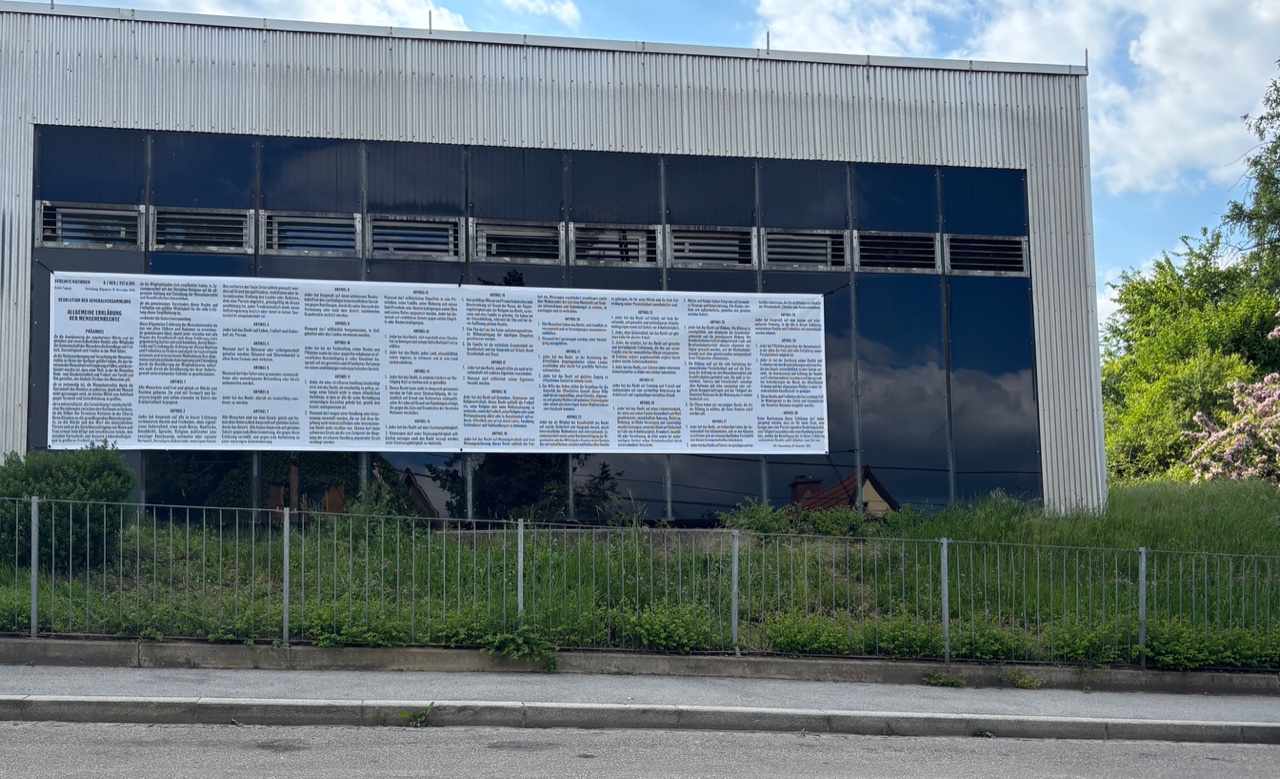
The Human Rights
ARCHIVE HORTOPIA:Art.Garden.Media Library is kunstGarten´s museum module including contemporary art: SCULPTURES, INSTALLATIONS, PICTURES in a wabi-sabi*GARDEN and an indoors GARDEN LIBRARY (more than 4700 books) & VIDEOS. Permanent open: Fr, Sa 15:30 – 19:00 and daily by appointment.
Art
Contemporary Art sculptures, installations, pictures outoors and indoors:
… & Flora Performing. Indoors: Garden Library. “Kantine” open.

GardenVIEW_Jun
Garden
FLORA PERFORMING is a well stocked rose and cottage garden which doubles as a cultural archive (1300 m2).
Library
The private collection MEDIA SCULPTURE GARDEN LIBRARY consists of more than 4500 horticultural books dating from five centuries, the Video Rental Store consits of 5500 movies. Presenting Library – and for loan.
* “Wabi-sabi is not found in nature at moments of bloom and lushness, but at moments of inception or subsiding. Wabi-sabi is not about gorgeous flowers, majestic trees, or bold landscapes. Wabi-sabi is about the minor and the hidden, the tentative and the ephemeral things so subtle and evanescent they are invisible to the vulgar eyes. . .
Wabi-sabi images force us to contemplate our own mortality, and they evoke an existential loneliness and tender sadness. They also stir mingled bittersweet comfort, since we know all existence shares the same fate.”
Leonard Koren is the forerunner of wabi sabi in the United States. As wabi sabi is a part of the Japanese culture, it is not written about there; only westerners have written about it.
PUBLIC SPACE
PAYER-WEYPRECHT-INSELN 2006 / DAS GARTENLABYRINTH  in autumn 2011
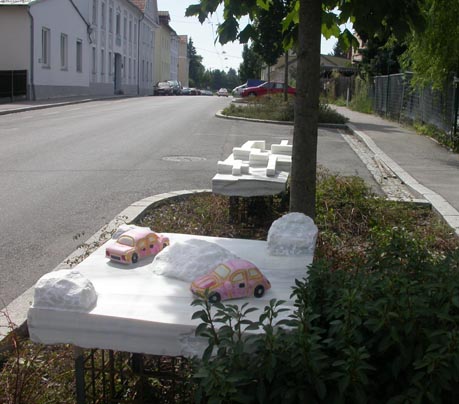
Markus Redl, SUBURBAN SIGNS, 2006, Marmor
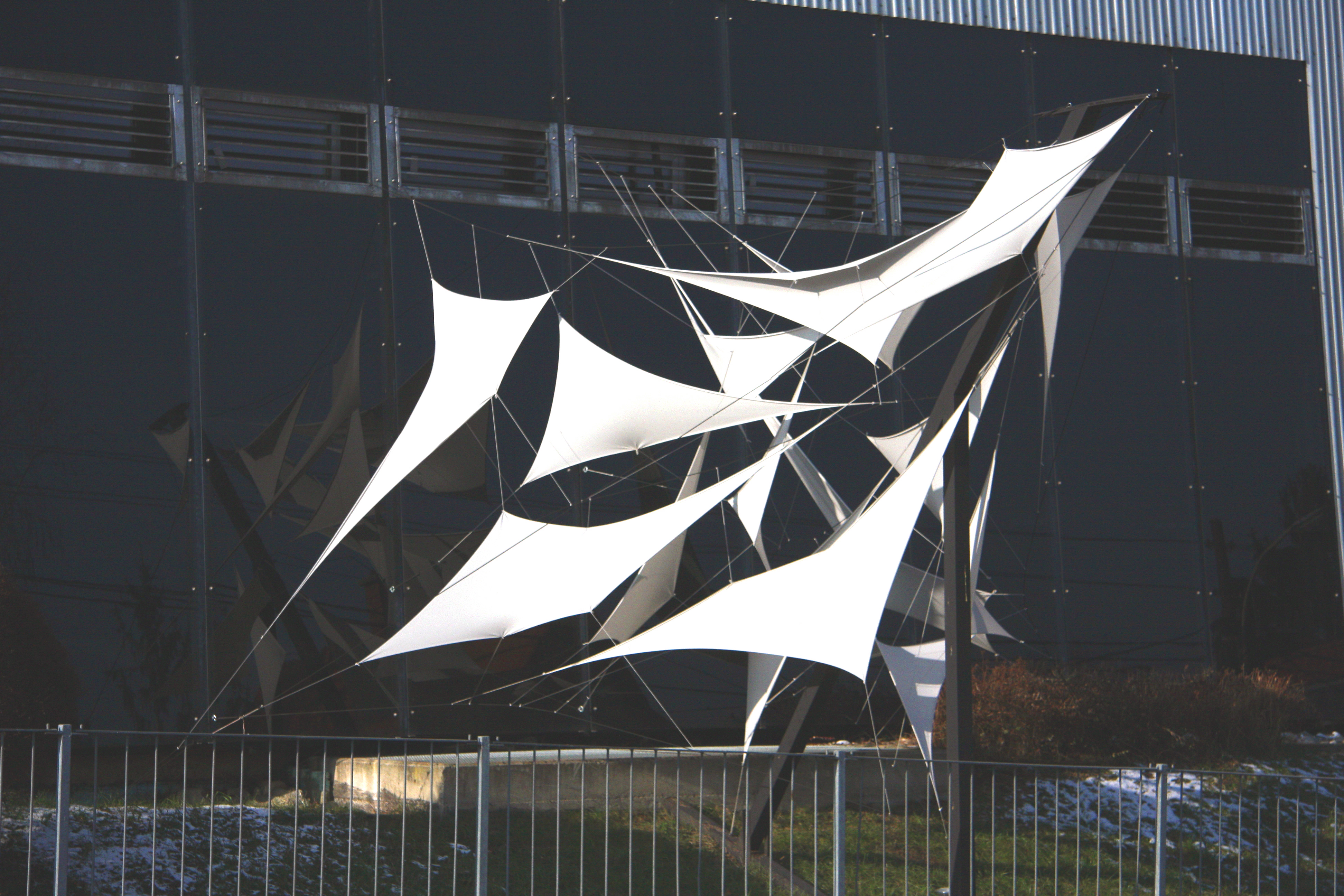
Jens J. Meyer EN FACE, Aritst in Residence 2006

Gerhard Raab, GEDICHT / POEM, 2022, Installation, Eisen / iron
Unfortunately, the biggest sculpture by the styrian artist was not maintained by the City of Graz, until in 2019 our demands to restore the art work were finally heard. The restoration with “Wilson’s honeysuckle” (Lonicera nitida) was implemented by the City of Graz and supported by KIÖR (Art in Public Space Graz). Special thanks to the Cultural Section Graz (Michael A. Grossmann)!
The Garden Labyrinth ER 71 21.06. 21.06. 007/02 Stmk. GKK, Beitrag, Abgaben -335,24
PAYER-WEYPRECHT-ISLANDS (http://wapedia.mobi/en/Franz_Josef_Land) introduced by kunstGarten 2006: A HOMMAGE
The first recognized exploration of the archipelago was done in 1873 by Austro-Hungarian North Pole Expedition explorers Karl Weyprecht and Julius von Payer, while their ship was locked in ice trying to find a northeast passage. After exploration of its southern islands, the name was bestowed in honor of Austro-Hungarian emperor Franz Joseph I of Austria. (Franz Josef Land in Arctic Ocean N of Novaya Zemlya, Russia Arkhangelsk Oblast, Northwestern Federal District. Franz Josef Land consists of 191 ice-covered islands with a total area of 16,134 km². It has no native inhabitants.The archipelago is volcanic, composed of tertiary and jurassic basalts, and though covered mostly by ice it does have outcroppings covered with moss and lichens. The northeastern part of the archipelago is locked in pack ice all year round, however the ice sometimes retreats past the southern islands in the late summer.
The basalts of the Franz Josef Islands are part of the High Arctic Large Igneous Province. The central cluster of large islands in the midst of the archipelago forms a compact whole, known as Zichy Land, where islands are separated from each other by very narrow sounds that are frozen most of the year.-
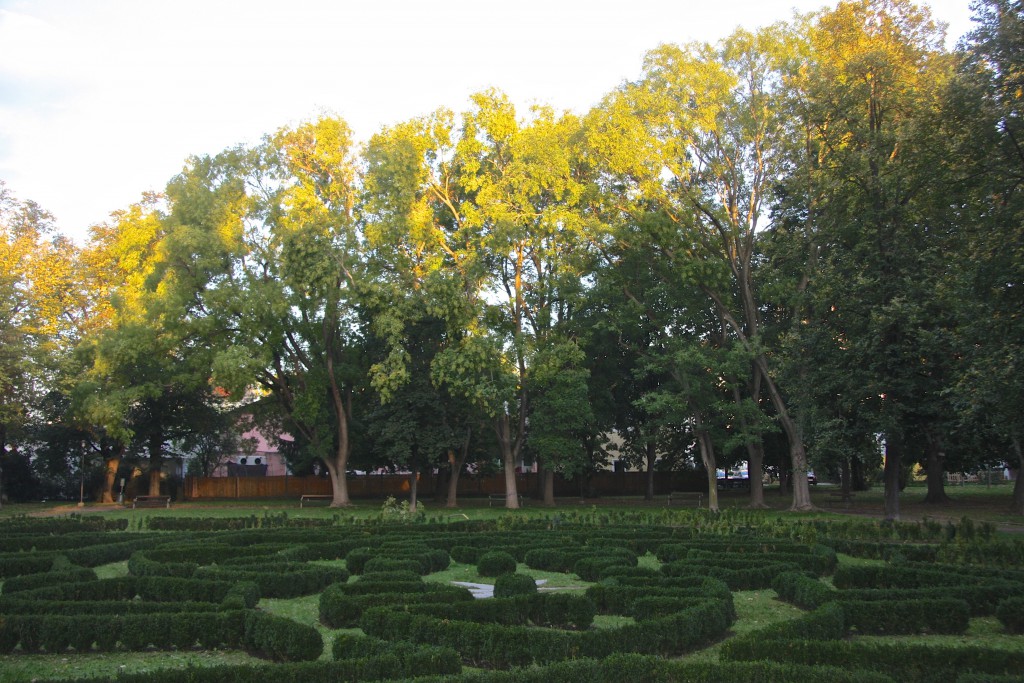
kunstGartengepflegtes GARTENLABYRINTH-2011/10/11 (2006 – 2011/12)
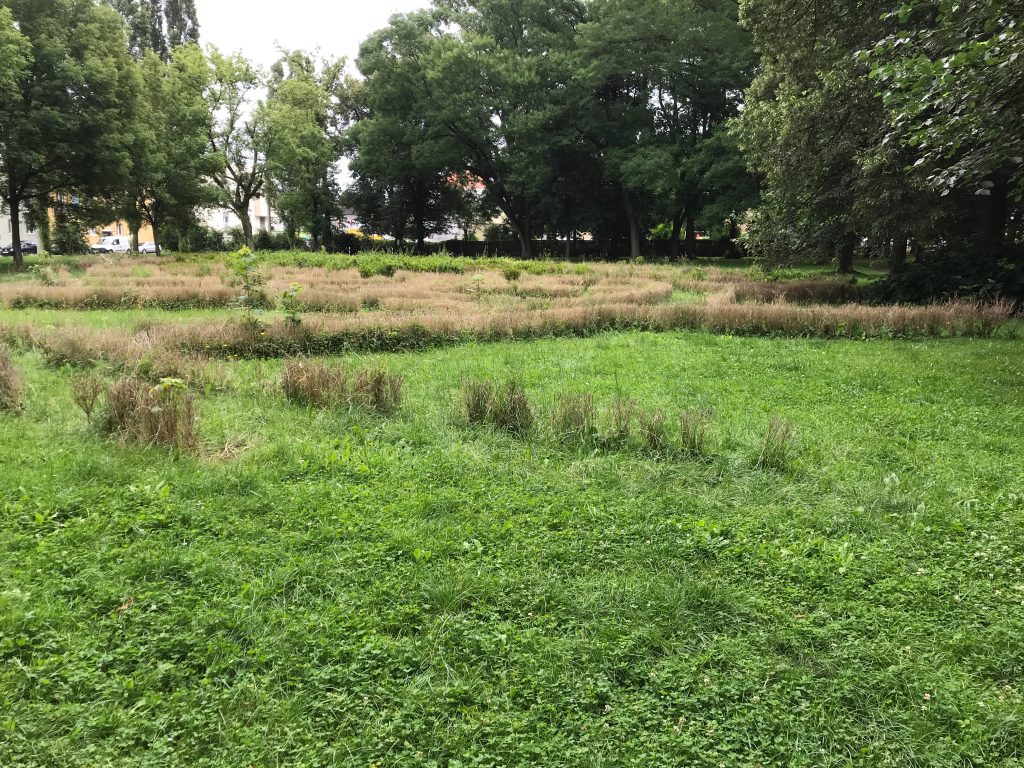
GARTENLABYRINTH Jun 2019 – seit Mai 2012 in der Pflege der STADT GRAZ ( als
zuständige Eigentümerin)
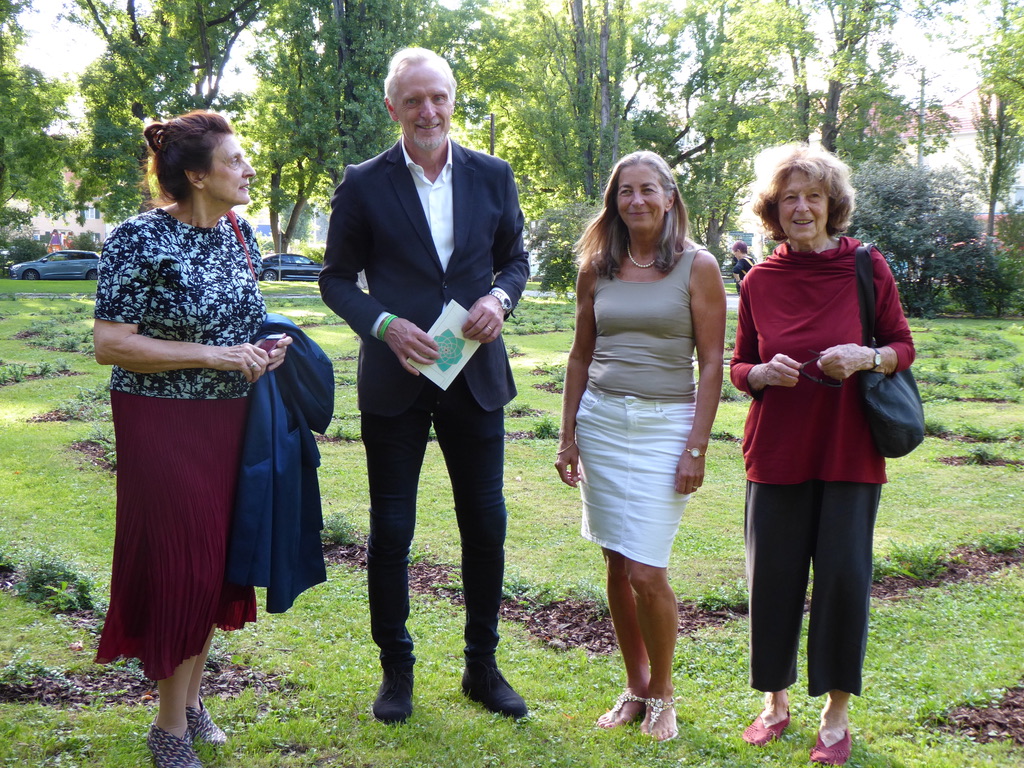
Garden Labyrinth, restored 2019-09-12 Opening: Irmi Horn, GĂĽnter Riegler (Stadt Graz), Elisabeth Fiedler (KIĂ–R), Waltraud Skerbisch
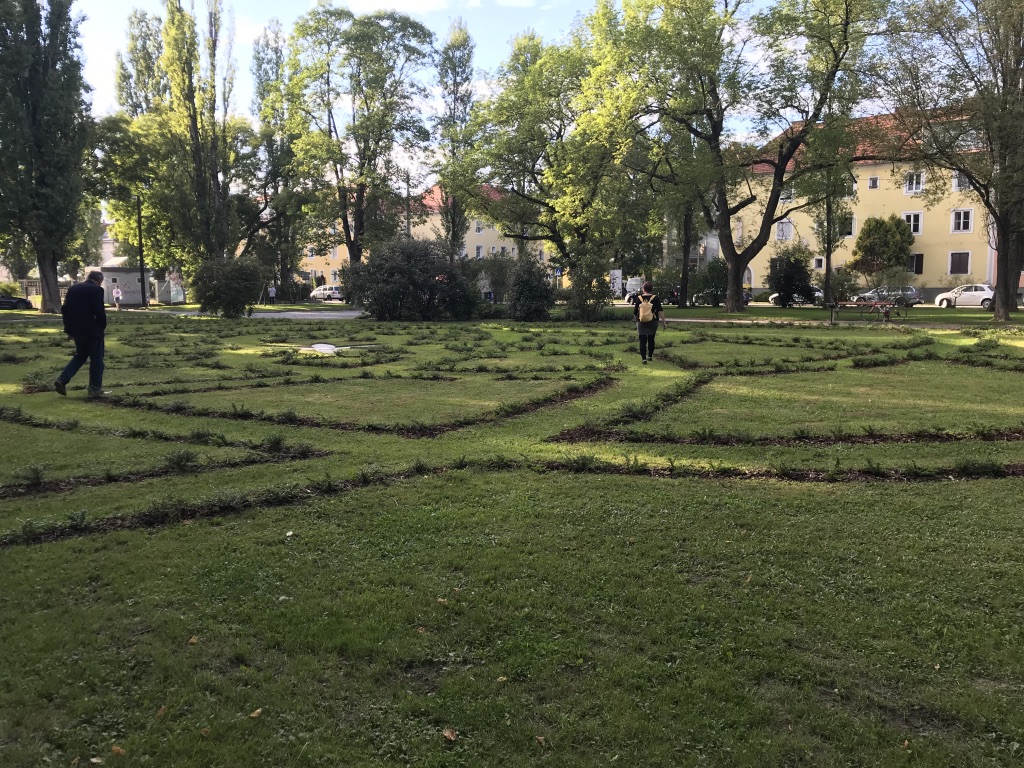
Garden Labyrinth, restored 2019-09-12 Opening
